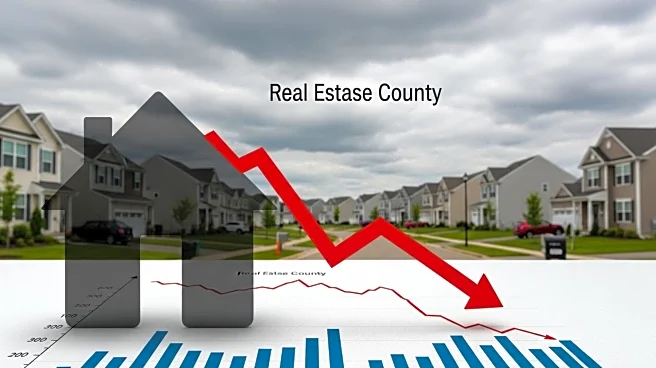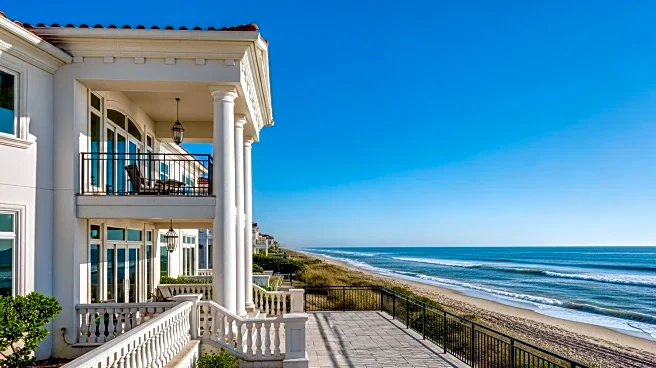What's Happening?
Realtor.com has released a report identifying the 10 hottest ZIP codes of 2025, with seven located on the East Coast. These areas are experiencing rapid real estate activity, with properties selling quickly. The top ZIP code, Beverly, Massachusetts, sees homes on the market for just 16 days. Factors contributing to this trend include proximity to metro areas, which offers suburban living with urban amenities. The report highlights that while housing in these areas is expensive, it is still considered a discount compared to city prices. Buyers in these ZIP codes are putting more money down to minimize monthly payments, reflecting a financial profile of prepared buyers.
Why It's Important?
The resurgence of East Coast properties indicates a shift in real estate dynamics, with suburban areas near major cities becoming increasingly attractive to buyers. This trend may influence housing market strategies, as developers and investors focus on areas with high demand. The emphasis on suburban living with urban access highlights changing preferences among homebuyers, particularly those seeking more space and affordability compared to city living. The financial readiness of buyers in these areas suggests a robust market, potentially driving further investment and development.
What's Next?
As demand for suburban properties near metro areas continues, real estate stakeholders may explore opportunities to expand housing options and infrastructure in these regions. This could involve new developments or enhancements to existing communities to accommodate growing interest. The trend may also prompt discussions on urban planning and transportation, as cities and suburbs work to balance growth with accessibility and quality of life.
Beyond the Headlines
The focus on East Coast ZIP codes raises questions about regional economic and demographic shifts, as well as the impact of urban proximity on real estate trends. The report suggests that areas offering a blend of suburban and urban amenities are well-positioned for future growth, potentially influencing long-term housing strategies and community development initiatives.










